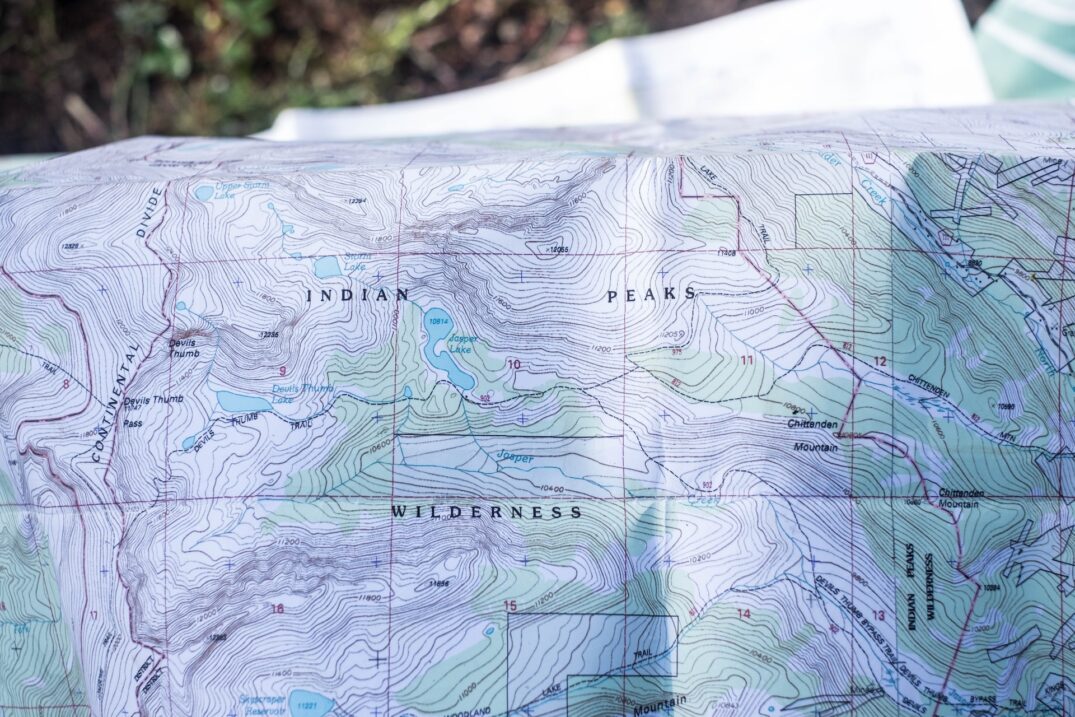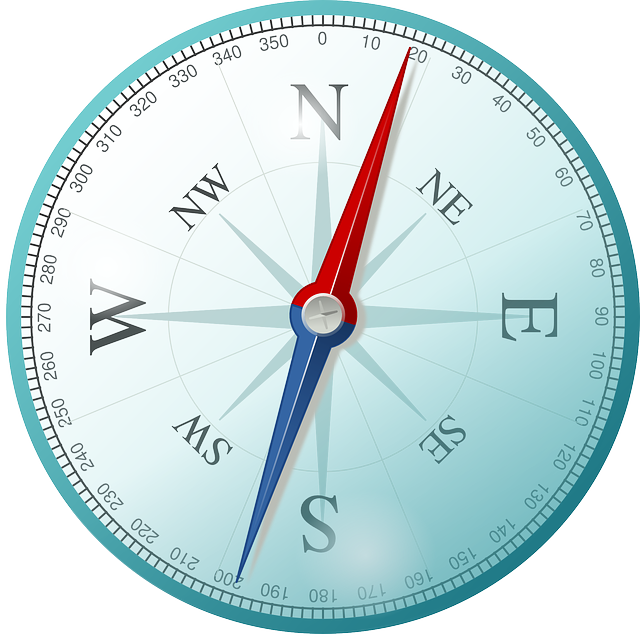Upon initial inspection, one might perceive relief and topography as disparate concepts without any apparent connection. Topography pertains to the physical attributes of a terrain, encompassing elements like mountains and valleys, while relief delves into the Earth’s surface topographical characteristics, namely elevation. Yet, a closer examination reveals an intricate intertwining between the two; an undeniable link binds them, for addressing topography necessitates acknowledging elevation.
The seamless relationship between relief and topography is underscored by their mutual dependence in the ascent or descent of a geographical expanse. Over time, the dynamics of a region’s relief and topography may undergo alterations, spurred by the course of rivers and the downhill movement of water. This intricate dance between elements leads to shifts in both relief and topography. Furthermore, the contour of the land’s surface, inclusive of hills and valleys, exerts its influence on the topographic traits.
Unraveling the Determinants of Topography
The determination of a location’s topography hinges on a fusion of natural processes such as erosion and deposition, coupled with the potential for human-induced alterations. Instances like the construction of dams bear the capacity to reshape the water flow in a river, consequently molding the downstream topography. This dynamic essence of topography lies in its description as the physical configuration or landforms. Units of measurement in meters above sea level grant topography its quantitative dimension, embracing both elevations and depressions. Proficiency in gauging topography equips scientists with predictive tools for weather, climate shifts, natural calamities, and more. Simultaneously, this skill serves as a valuable asset for professionals spanning the realms of science, engineering, and architecture.
Deciphering Relief in the Landscape
Relief in geography encapsulates the vertical dimension of a geographical expanse, denoting its elevation. This designation commonly aligns itself with the altitude relative to sea level. For centuries, the concept of relief has remained a cornerstone in geographical studies, a facet that continues to hold its significance in contemporary times.
Unveiling the Portrayal of Relief on Cartography
Depicting the relief of a region, determined by its land’s altitude, often leaves a void on most maps. This enigmatic variable wields substantial influence over the lives of inhabitants within the vicinity. Practical considerations, such as determining suitable sites for building houses, prompt individuals to inquire about steep cliffs or elevated plateaus. A creative approach to illustrating relief involves the use of color gradients, where darker shades denote higher elevations, while lighter shades signify lower ones.

Distinguishing Between Topography and Relief
Topography and relief diverge distinctively, embodying separate roles within the realm of geography. While topography encapsulates the visual impact of elevation and steepness, relief predominantly centers around the towering grandeur of mountains. The concept of topography delves into quantifying the altitude of a locale, whereas relief finds expression through contours etched onto maps.
Imagine standing atop a hill, observing the landscape unfold before you. The vantage point unveils a hierarchical arrangement, with closer locales appearing lower and perceptibly clearer.
Decoding the Disparity: Relief vs. Topography
Relief and topography emerge as two pivotal geological constituents woven into Earth’s tapestry. Relief denotes the elevation of the Earth’s surface, while topography orchestrates the spatial arrangement of landforms within a region. While interconnected, the two entities bear distinct identities; relief quantifies a location’s altitude concerning sea level, whereas topography delineates the configuration of landforms.
Scrutinizing a map offers a glimpse into this divergence. The map showcases relief through contour lines, narrating the narrative of height relative to sea level. These contours also unveil the junctures between diverse terrains, be it the convergence of mountains and plains or hills embracing valleys. Delving deeper, relief examines the surface features, encompassing mountains and valleys, while topography materializes as a branch of geology, devoted to the measurement and graphical representation of landforms.
The Evolving Dance of Relief and Topography: Unveiling Nature’s Masterpiece
In the intricate interplay between relief and topography, a captivating narrative of Earth’s ever-evolving landscapes unfolds. At first glance, relief and topography might appear as two unrelated actors on the global stage. However, a closer examination reveals a profound and inseparable connection that underpins the very fabric of our geographical understanding.
- Consider a sprawling landscape: vast mountains rising majestically, valleys stretching into the distance, and waterways weaving their intricate paths. These features collectively shape the topography, the very essence of a region’s physical identity. Yet, it is the relief, the artistry of elevation and depression, that breathes life into this tableau. Each peak and trough, every rise and fall, tells a tale of geological processes that have sculpted the Earth over eons;
- As we delve deeper into this harmonious relationship, we discover that relief and topography share an unbreakable bond. They dance together in a cosmic choreography, influencing one another in a symphony of creation. The ebb and flow of rivers, the relentless forces of erosion, and the gradual movements of tectonic plates—all contribute to the dynamic interplay between relief and topography;
- Imagine a world where relief and topography remain static, frozen in time. Rivers would cease to meander, mountains would stand immobile, and valleys would resist change. It is this fluidity, this eternal dance, that imbues our planet with its breathtaking diversity and geological wonder.
In Closing: A Revelation of Nature’s Unity
In the grand tapestry of Earth’s story, relief and topography emerge as inseparable chapters, each influencing the other in an eternal dialogue. Their intertwined journey unveils the intricate connections that bind natural forces and human civilizations. As we unravel the secrets of this enchanting relationship, we glimpse the breathtaking complexity and unity that characterize our planet’s geological narrative.
